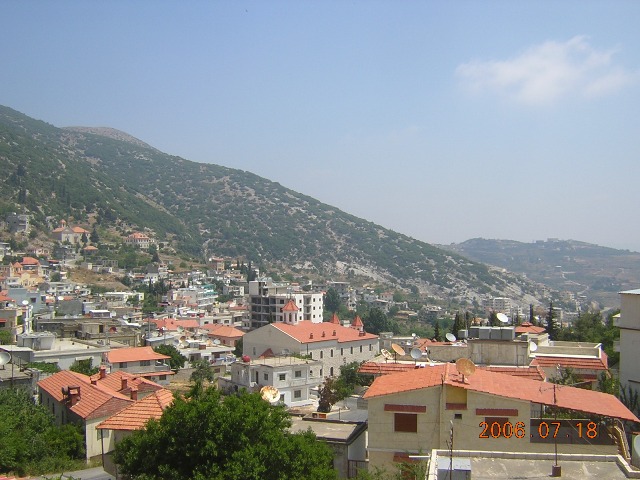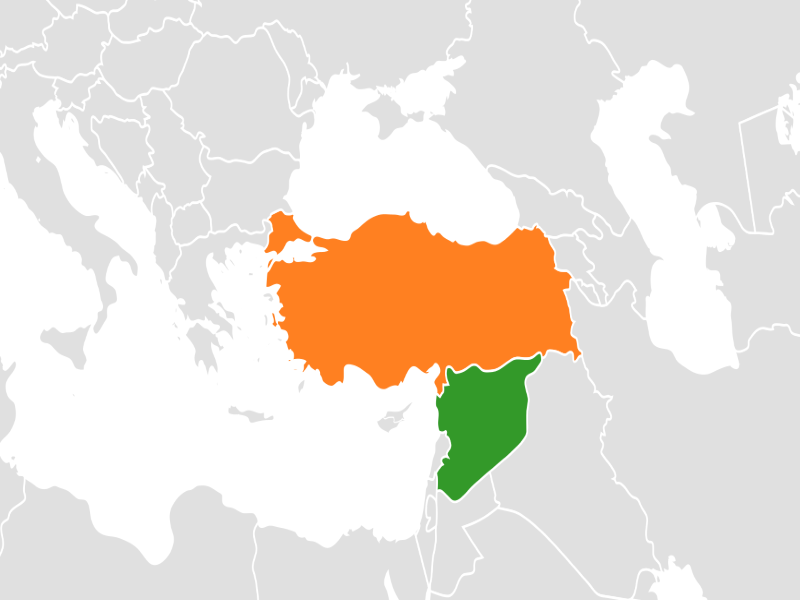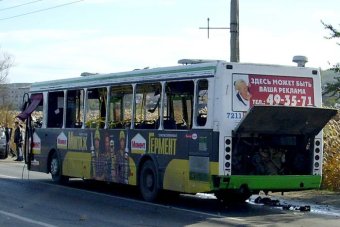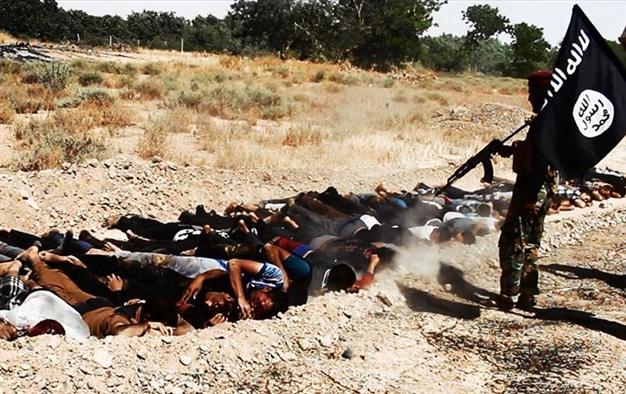
Pictured above is an April 2 protest outside the Turkish Consulate in Sydney, Australia which had over 1 000 activists; which follows a similar protest outside the Turkish Consulate in L.A. on March 28. The historic Armenian village of Kessab, Syria where Armenians settled in the 14th and 15th centuries has been attacked by Syrian rebel forces. All 2 000 residents of this village have been forced to flee their homes. It is even being called genocide on social media. Numerous reports have circulated around the internet claiming violent atrocities were committed by the rebel forces against Armenians, much of which is unverified. The tragedy of Kessab has attracted attention from celebrities such as Kim Kardashian, Cher, and Travis Barker of Blink 182. Kim Kardashian tweeted on March 30 “Please let’s not let history repeat itself!!!!!! Let’s get this trending!!!! #SaveKessab #ArmenianGenocide” Kardashian was successful in her plea. She has had over 6 300 re-tweets.
Unfortunately, much of what has been said about the tragedy in Kessab has been untrue. A disinformation campaign was launched by the pro-Assad movement in order to tarnish the reputation of the Syrian opposition in the eyes of the West. A gruesome video was widely circulated within the #SaveKessab campaign which depicted terrorists shooting a line of unknown victims on their knees with their hands tied behind their backs. The terrorism in Syria is real but this video depicts victims of the Al Nusra Front in Aleppo who lost their lives four months before the attack on Kessab. Another widely circulated image in the #SaveKessab disinformation campaign was an image of a woman being killed by a cross having been shoved down her throat. This image actually originates from a 2005 horror film called Inner Depravity.
What really happened in Kessab was on March 21, 2014, terrorists from the Al Nusra Front, which is a branch of Al Qaeda operating in Syria and Lebanon, invaded Syria from Turkey. Residents of Kessab awoke in the night to the sound of heavy shelling as Al Nusra shot lightly armed Syrian border guards. The women and children fled their homes and took refuge in the nearby town of Latakia. The men stayed and formed self defense units. They tried to defend their town against Al Nusra. But by March 23, the Syrian Army made it clear they would not be able to come to the defense of Kessab and the men joined their families in Latakia. Only 30 residents remained, mostly elderly and immobile people, their fate is unknown.
Nearly half the residents of Kessab are being temporarily housed by the St George Armenian Monastery in Latakia. A group of MPs from Armenia travelled to Latakia to investigate the situation independently of the Armenian government. MP Tevan Poghosyan, the Executive Director of the NATO Council’s counterpart in Armenia, has reported that no Armenians were killed as of March 31. Since his interview with CivilNet, The Washington Post has reported that there was one casualty. A school teacher was shot by a sniper as she was escaping Kessab in her car. Poghosyan describes the situation as a humanitarian crisis. Children are missing out on schooling and parents are without money. Most of the residents of Kessab fled their homes with nothing but the clothes on their backs and they are frightened that they may never be able to return home.
The Armenian Canadian Diaspora has urged the Canadian government to provide humanitarian relief to the displaced Armenians and to explain to Turkey that permitting cross border attacks on Syria is unacceptable. Turkey maintains that it does not allow its borders to be used by rebels to enter Syria. Many Armenians blame Turkey for the attack on Kessab. The Syrian Army had sent a jet plane to hit the invading fighters, which could have prevented the displacement of the Armenian community of Kessab, but Turkey’s forces shot it down claiming it had flown into their airspace.
In a March 28 statement by the US State Department Deputy Spokesperson Marie Harf said:
“We are deeply troubled by recent fighting and violence that is endangering the Armenian community in Kessab, Syria and has forced many to flee… We have seen some statements by groups fighting in Kessab saying they will not target civilians and will protect minorities and holy places. We expect those commitments to be upheld.”
One woman called her home in Kessab and a self-identified Jihadist from Al-Nusra answered her phone. He said “come back, why did you leave your home? We have come here to protect you.” He also told her she should convert to Islam before returning. The residents of Kessab do not feel safe enough to return home as long as Al-Nusra fighters are occupying their town, despite the rebels’ assurances.
The US State Department also confirmed that it continues to support the moderate Syrian opposition and works with them. It differentiates between the violence perpetrated by Islamic State of Iraq and the Levant and the moderate opposition which it supports. Yet it has become a struggle for the United States to properly differentiate between moderate and extremist opposition forces. In light of the tragedy which has occurred in Kessab, and after three years of conflict in Syria, it may be time for NATO to question whether there truly is a difference between the moderate and extremist Sunni opposition to Assad’s government.




